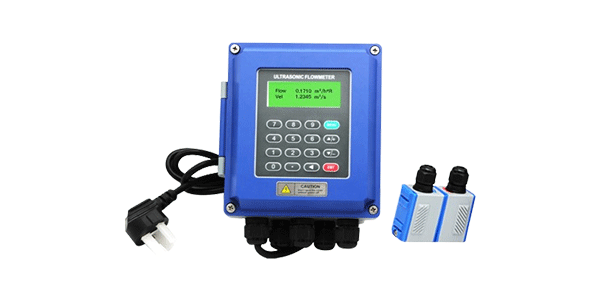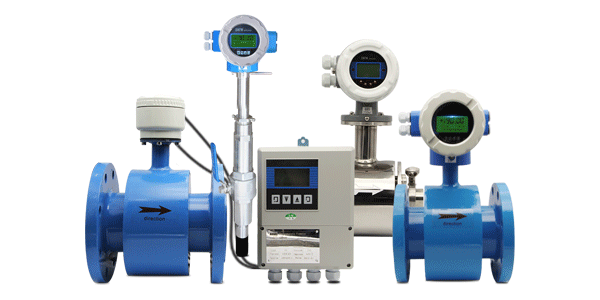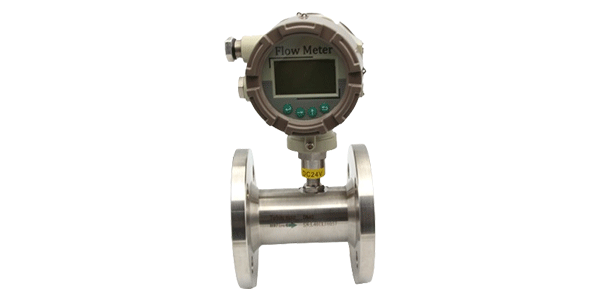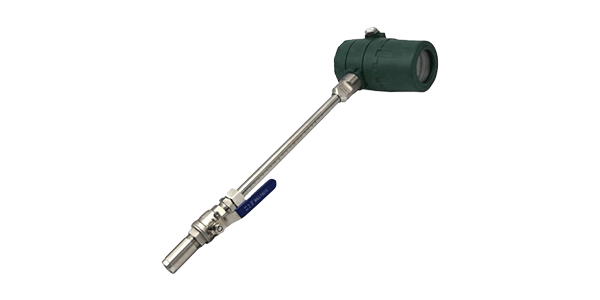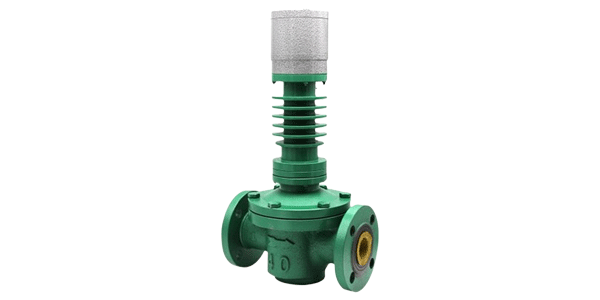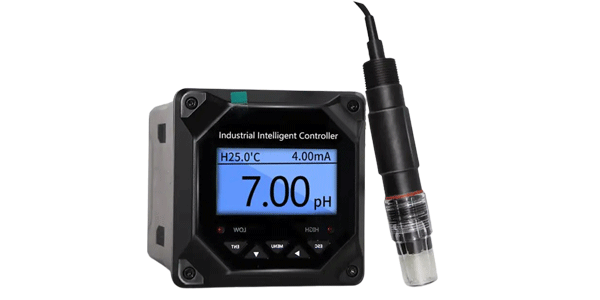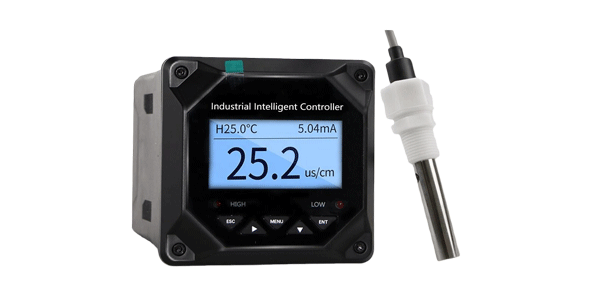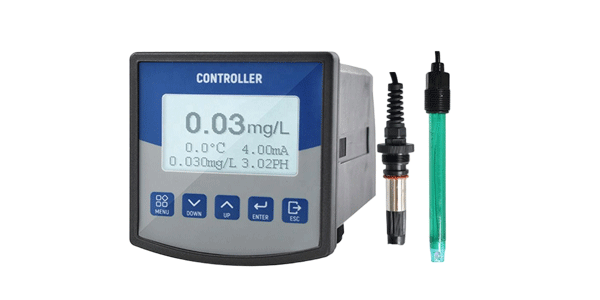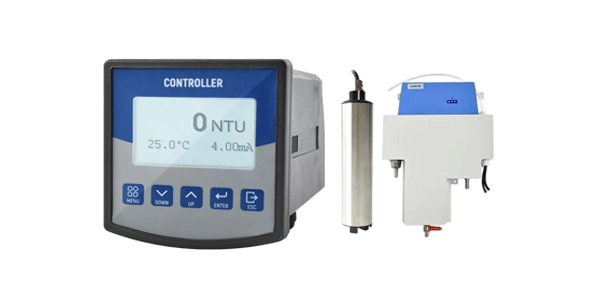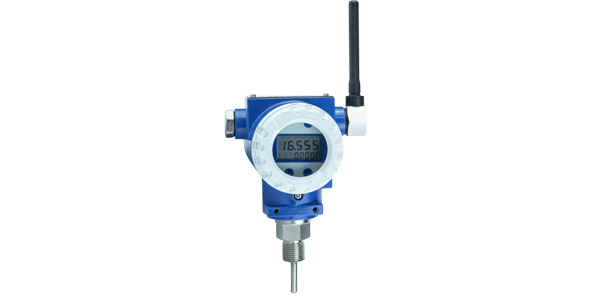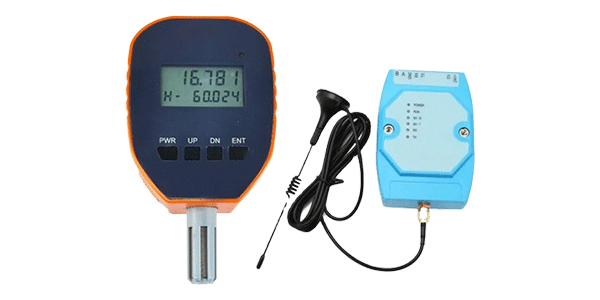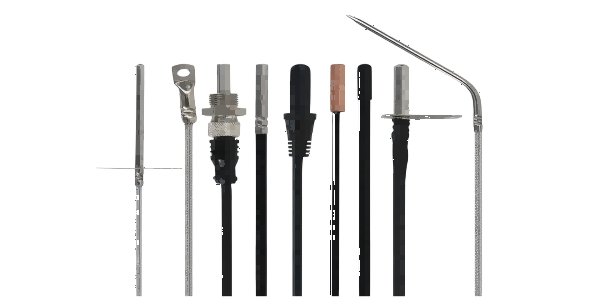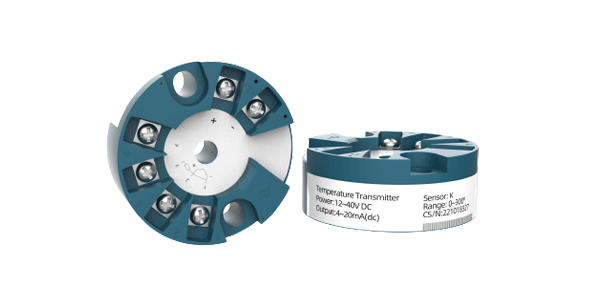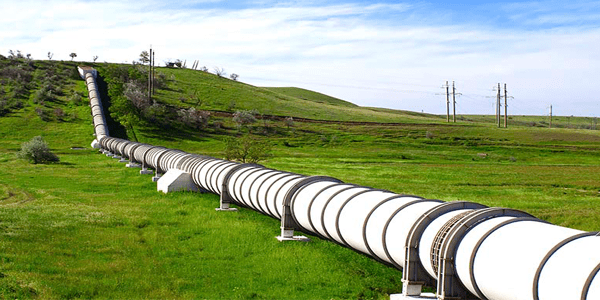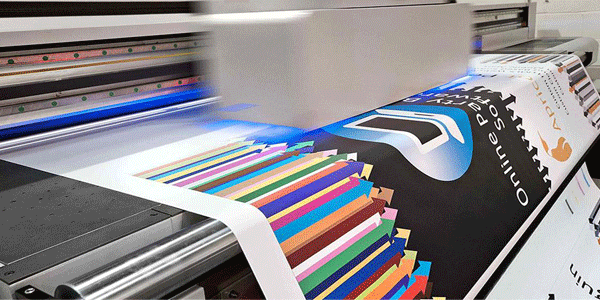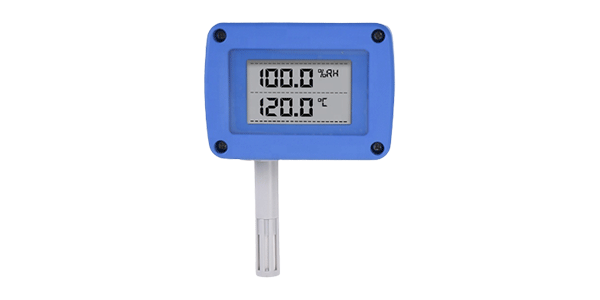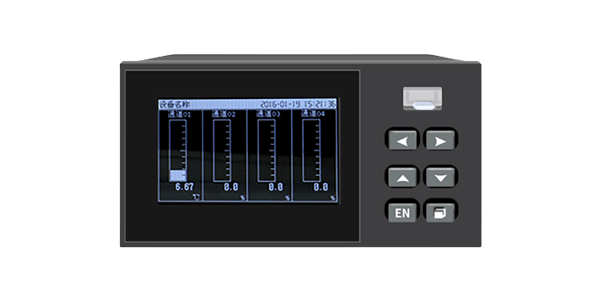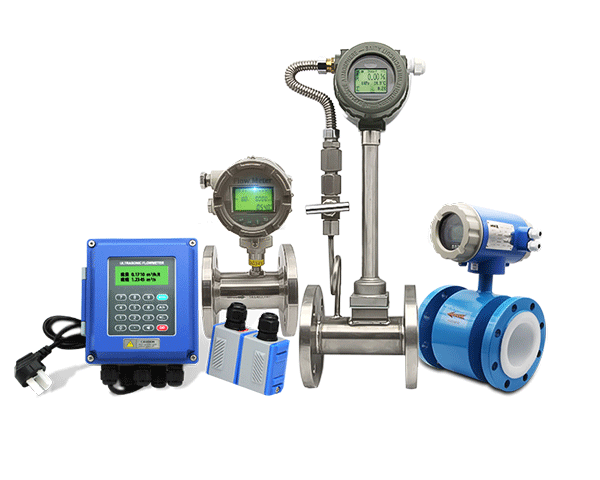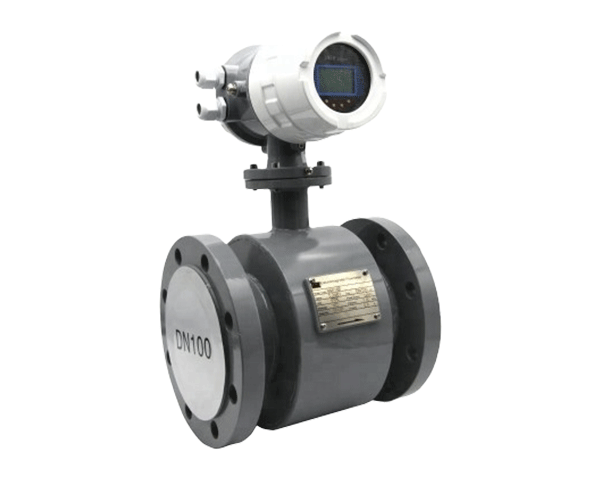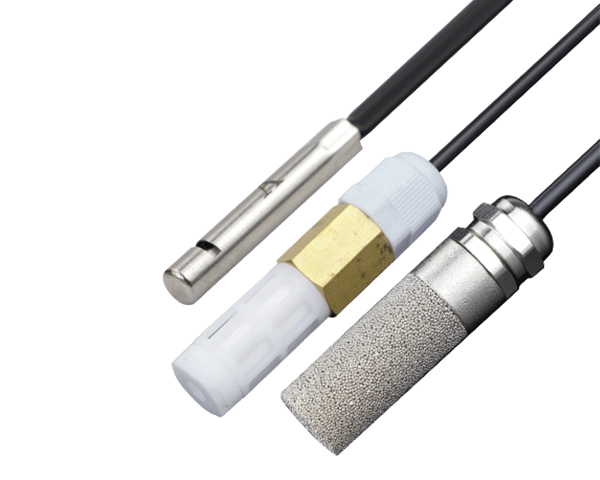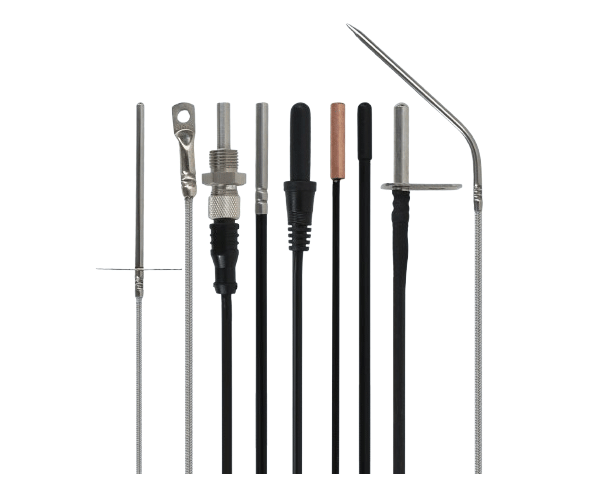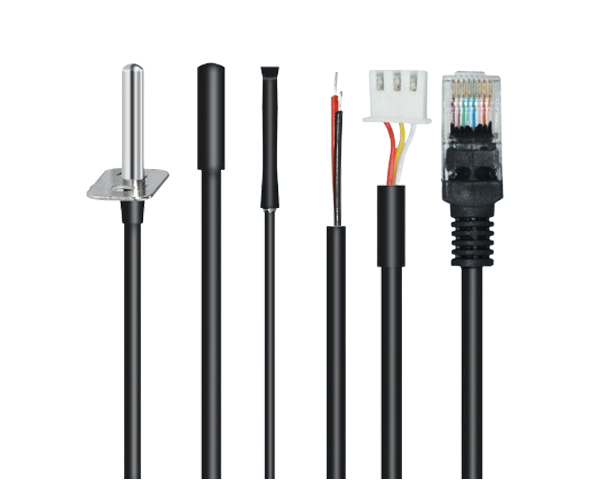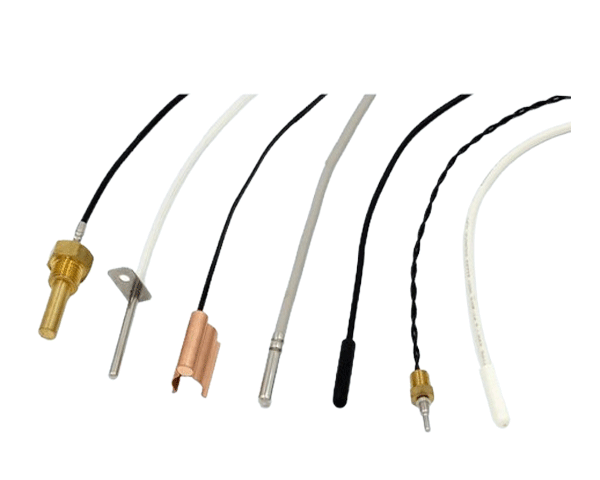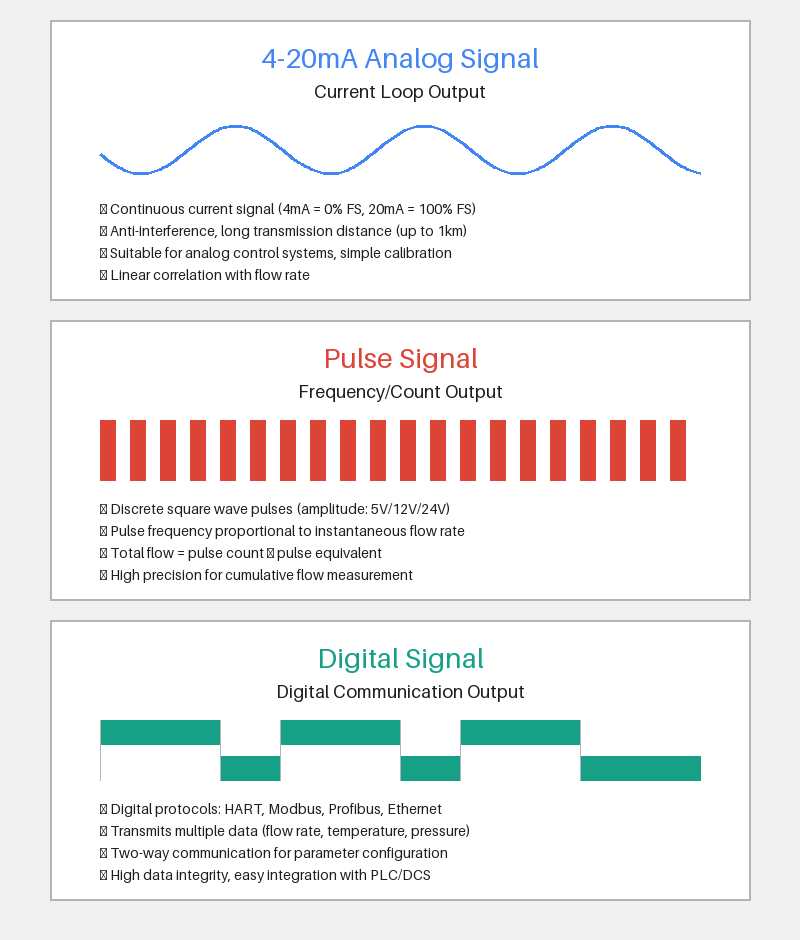Flow Meter Output Signal Interpretation Guide
In this comprehensive guide, you'll learn how to properly interpret and process flow meter output signals. You'll discover different signal types, correct wiring techniques, data processing methods, and troubleshooting tips. This knowledge will help you ensure accurate flow measurements, optimize your process control systems, and maintain reliable industrial monitoring operations.
Understanding Flow Meter Output Signal Types
Flow meters generate various output signals to communicate measurement data to control systems. Understanding these signal types is crucial for proper integration and accurate data interpretation in industrial applications.
Analog Signals: 4-20mA Current Loop
The 4-20mA current loop remains the industry standard for analog signal transmission due to its noise immunity and ability to carry both signal and power over long distances.
|
Current Value
|
Interpretation
|
Troubleshooting
|
|
4mA
|
Zero flow or minimum scale
|
Normal operation
|
|
20mA
|
Maximum flow or full scale
|
Normal operation
|
|
0mA
|
Power loss or open circuit
|
Check power supply and wiring
|
|
>20mA
|
Transmitter fault
|
Inspect transmitter electronics
|
Pulse/Frequency Output
Pulse outputs provide digital signals where frequency corresponds to flow rate. Each pulse represents a specific volume unit, making it ideal for batching and totalization applications.
Digital Communication Protocols
Modern flow meters increasingly use digital protocols like HART, Modbus, Profibus, and Foundation Fieldbus for bidirectional communication and advanced diagnostics.
Proper Wiring and Connection Techniques
4-20mA Wiring Configuration
For 2-wire transmitters: Power supply connects in series with the load resistor. The current loop passes through both the transmitter and receiving device.
For 4-wire transmitters: Separate power and signal lines provide isolated operation with higher accuracy.
Shielding and Grounding Best Practices
-
Use shielded twisted-pair cables for analog signals
-
Ground the shield at one end only to prevent ground loops
-
Maintain proper separation from power cables
-
Use surge protection in outdoor or hazardous areas
Signal Processing and Data Interpretation
Scaling and Linearization
Convert raw signals to engineering units using proper scaling factors. Consider non-linear flow characteristics that may require special linearization algorithms.
Filtering and Signal Conditioning
Apply appropriate filtering to remove noise while preserving important flow variations. Digital filters in PLCs or flow computers can smooth pulsating flows.
Totalization and Rate Calculations
Accumulate pulse counts for total flow measurement while simultaneously calculating instantaneous flow rates for process control.
Frequently Asked Questions
How do I troubleshoot a 4-20mA signal that's reading incorrectly?
First, measure the current with a multimeter to verify the transmitter output. Check for proper power supply voltage, examine wiring for corrosion or damage, and verify the load resistor value. Our
technical support team can provide specific troubleshooting guidance for your application.
What's the maximum distance for 4-20mA signal transmission?
The maximum distance depends on wire resistance, power supply voltage, and load resistance. Typically, 4-20mA signals can reliably transmit up to 1000-1500 meters with proper wire sizing.
Can I convert pulse output to 4-20mA signal?
Yes, the pulse signal from a flow meter can absolutely be converted to a 4-20mA signal, which is a common requirement in industrial applications.
How often should flow meter signals be calibrated?
We recommend annual calibration for critical applications and biannual calibration for standard processes. GAIMC offers
professional calibration services with traceable certification to ensure measurement accuracy.
Source Reference: Technical information based on International Society of Automation (ISA) standards, IEC 61518 guidelines for signal transmission, and GAIMC engineering documentation. Signal processing methods validated through laboratory testing and field applications in various industrial environments.
Need Professional Support for Your Flow Measurement Signals?
Our technical experts can help you design, implement, and troubleshoot flow meter signal systems for optimal performance. From signal conditioning to system integration, we provide comprehensive solutions for accurate and reliable flow measurement.
Get Solution Now
Or explore our complete range of Process Control Solutions for your industrial applications.
